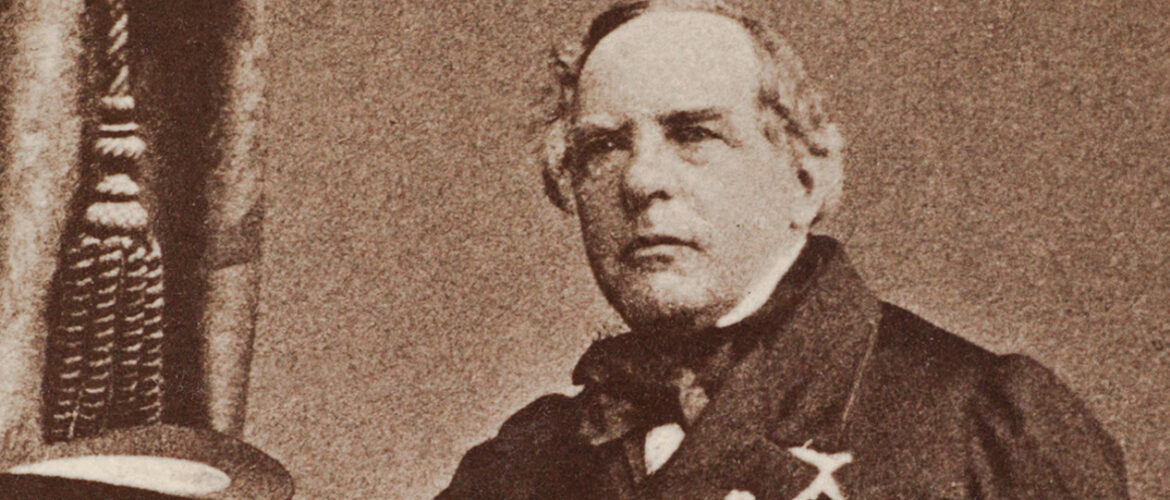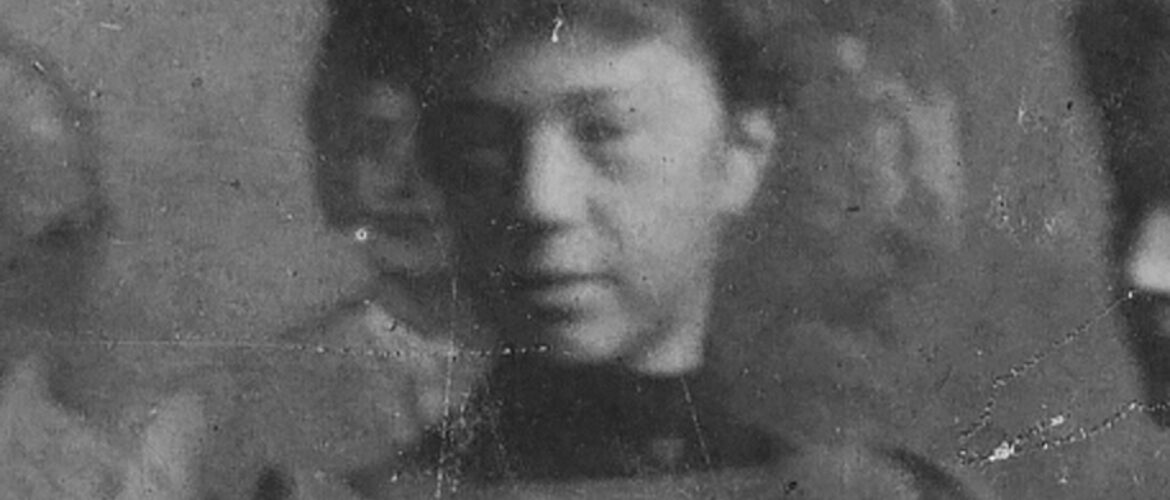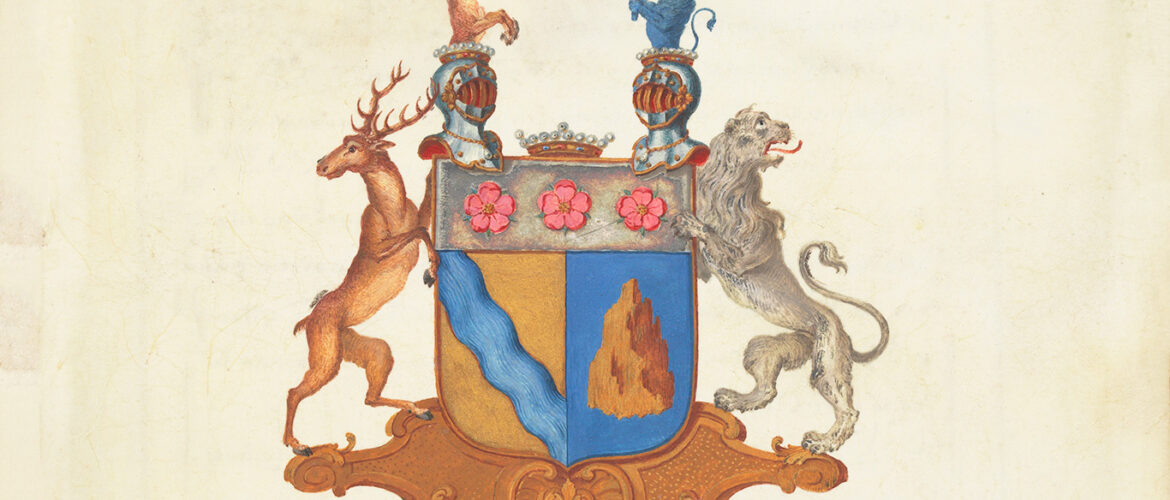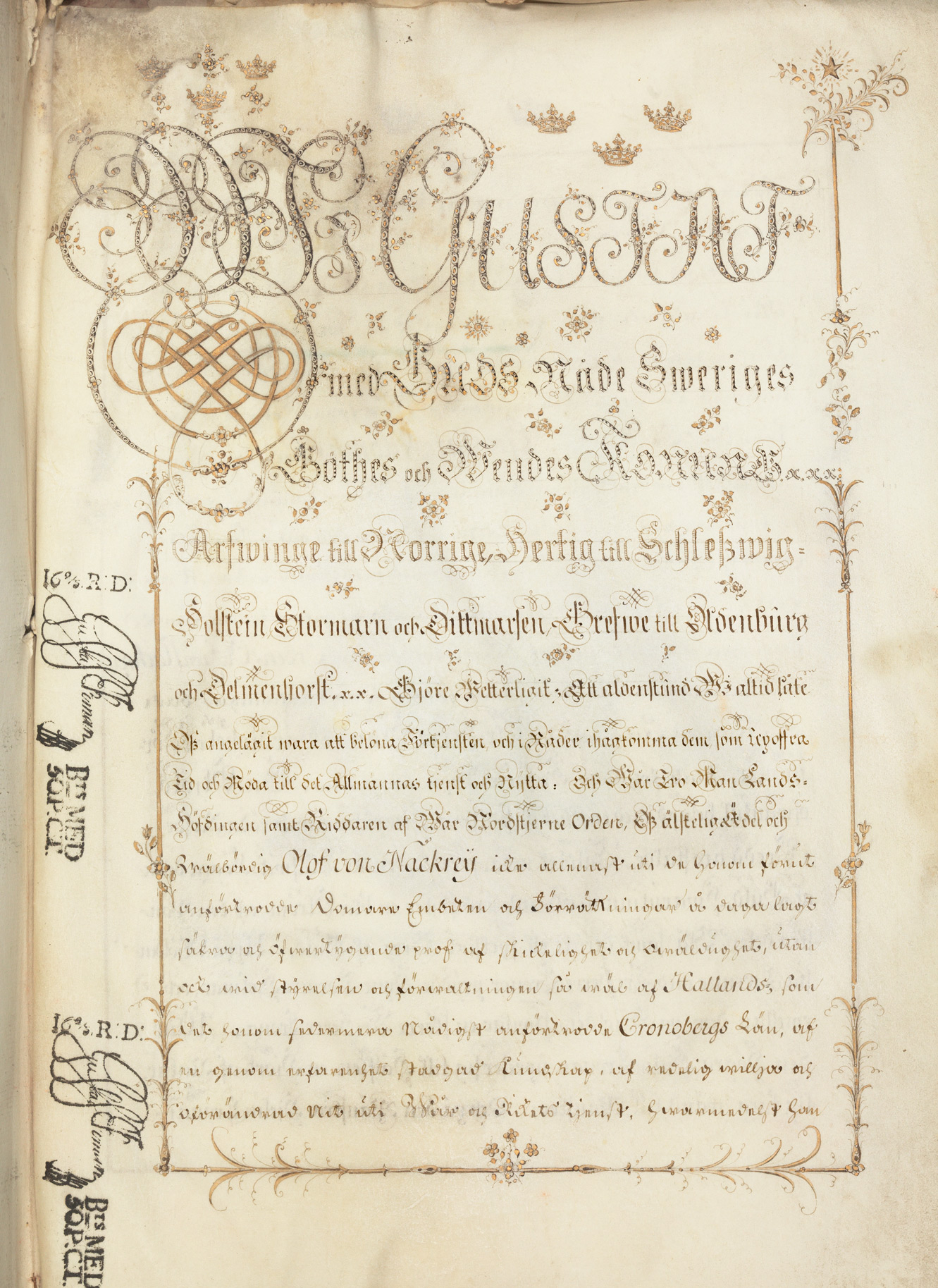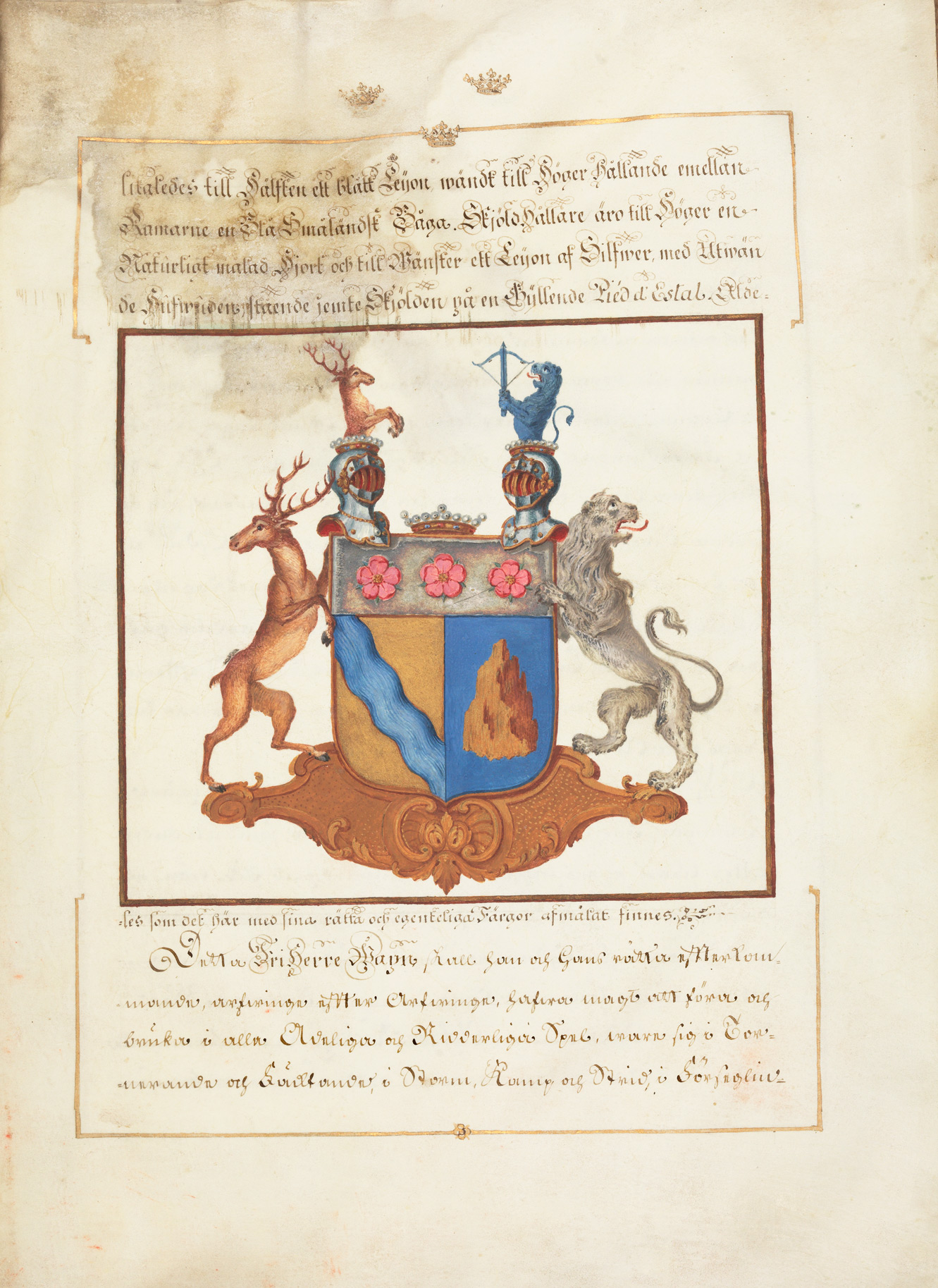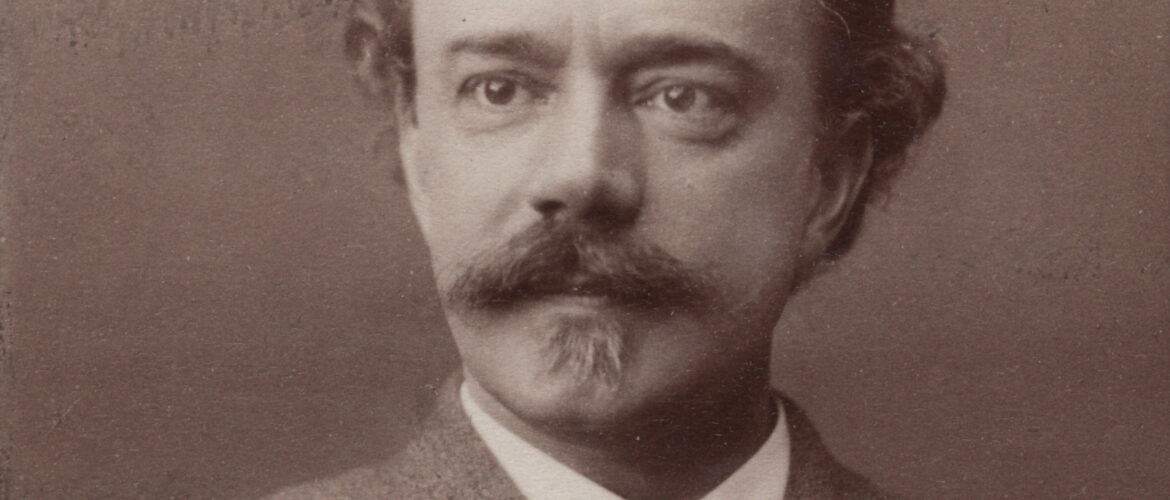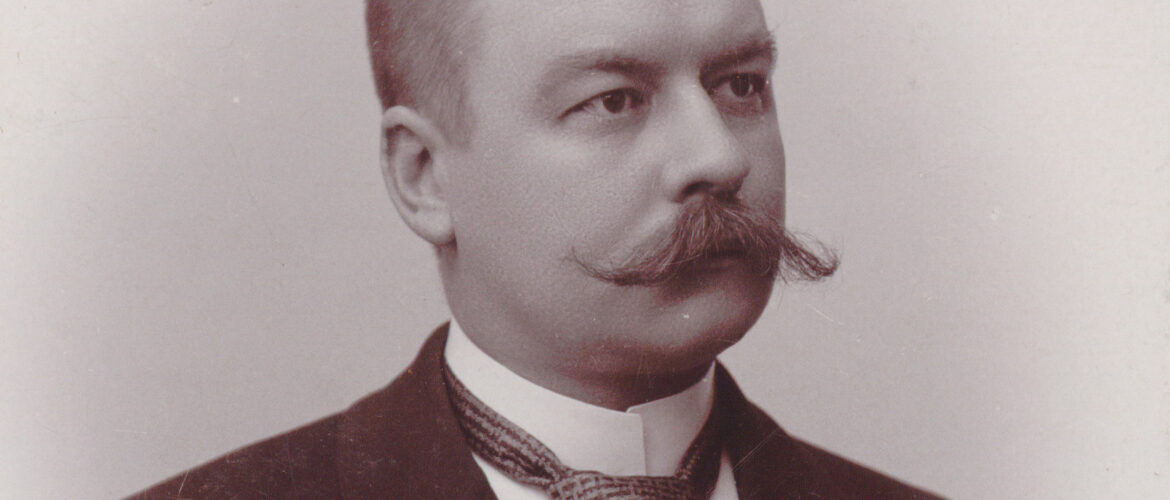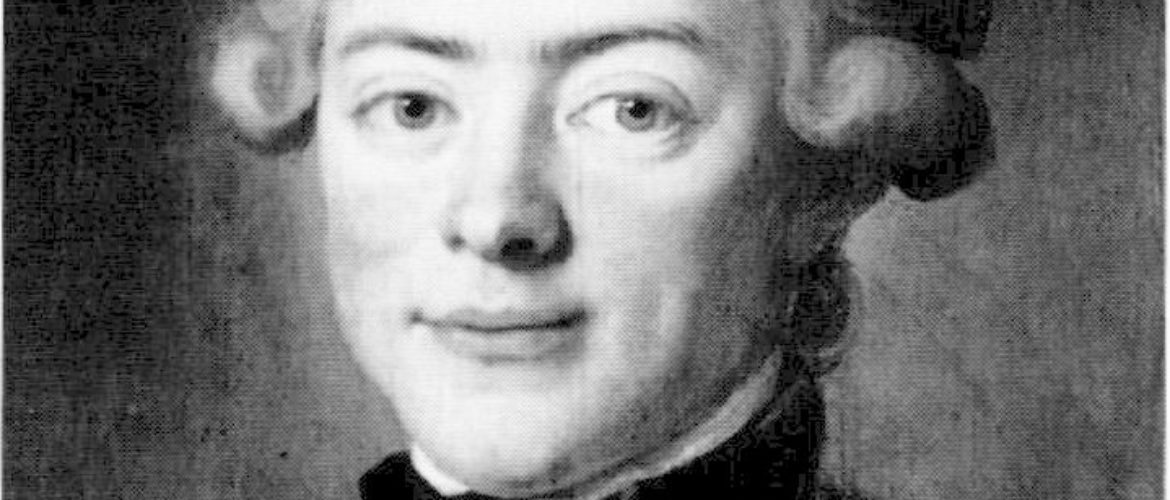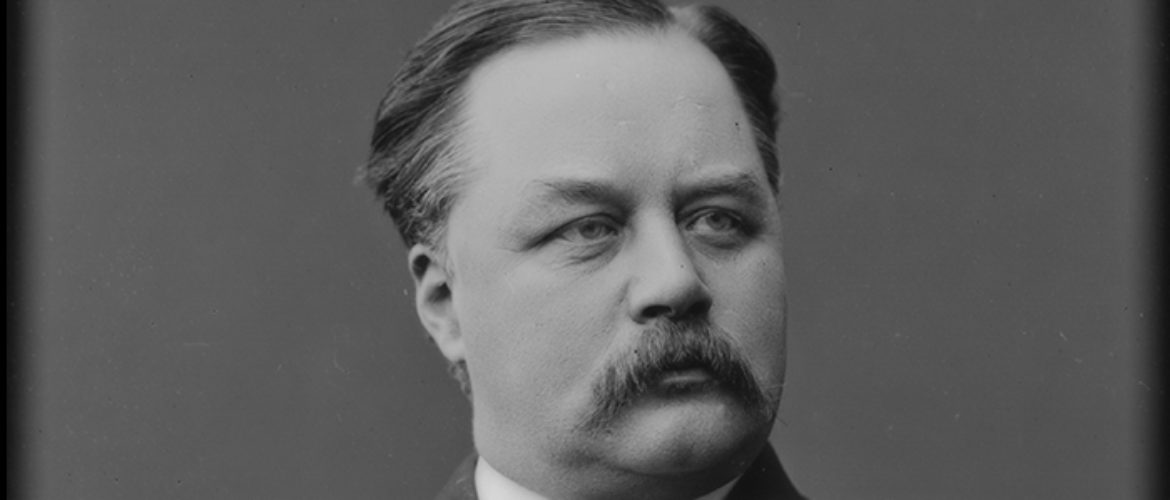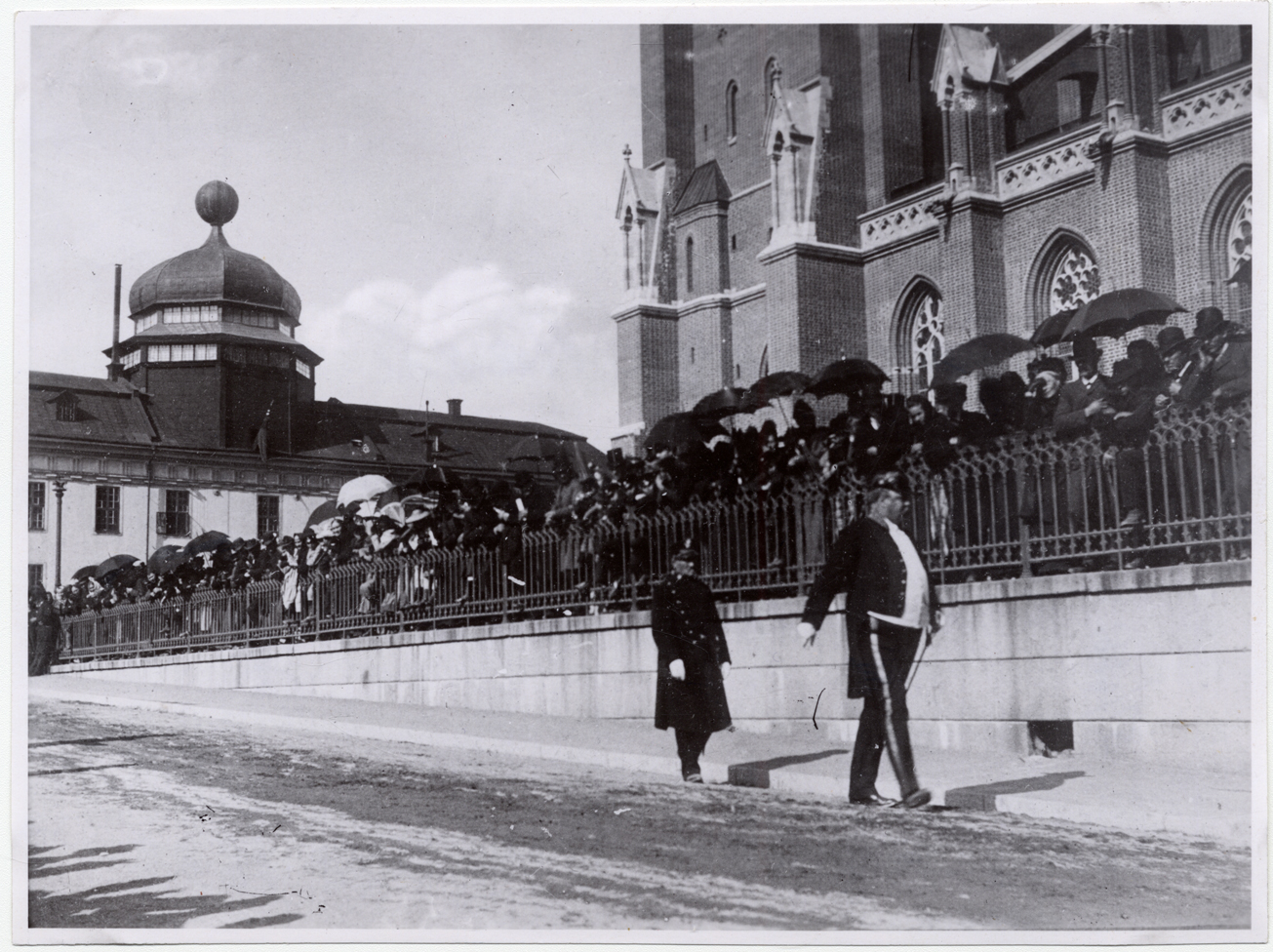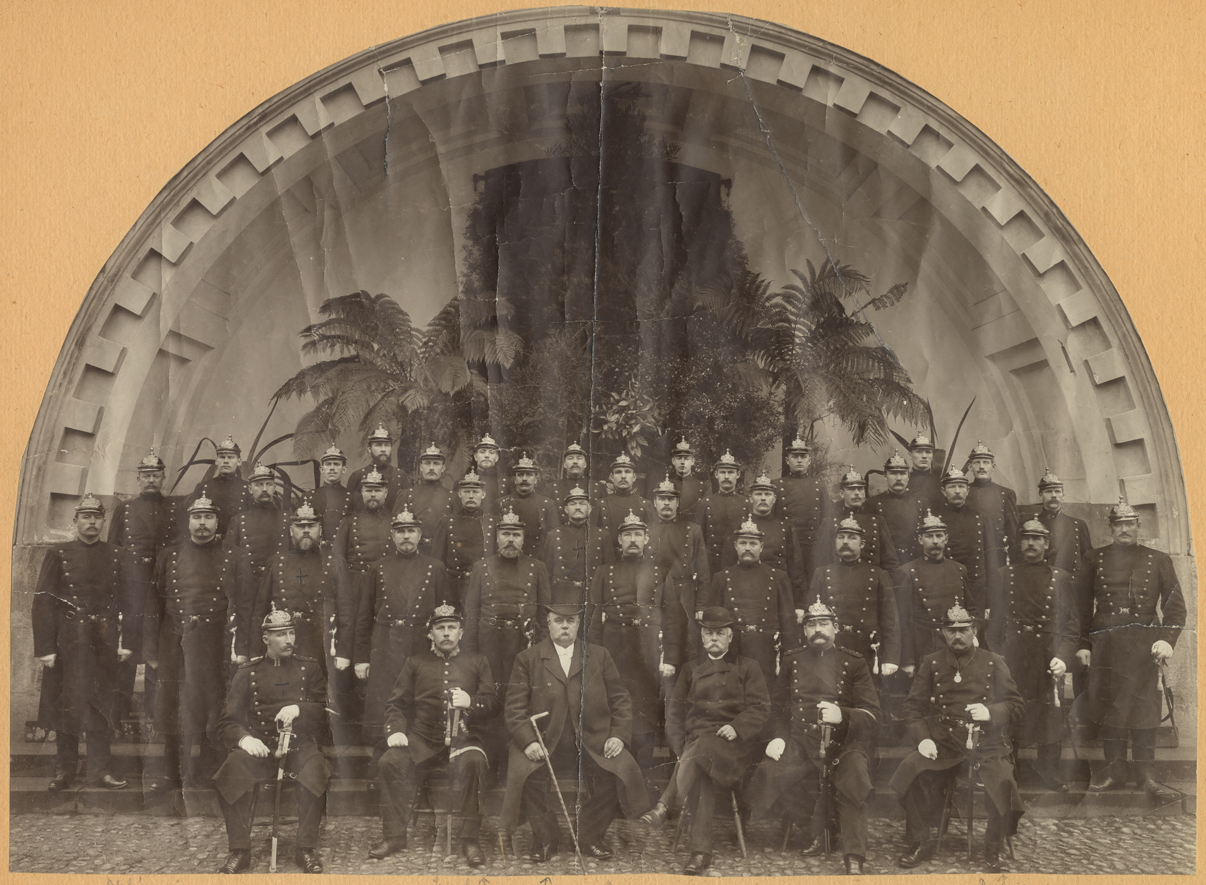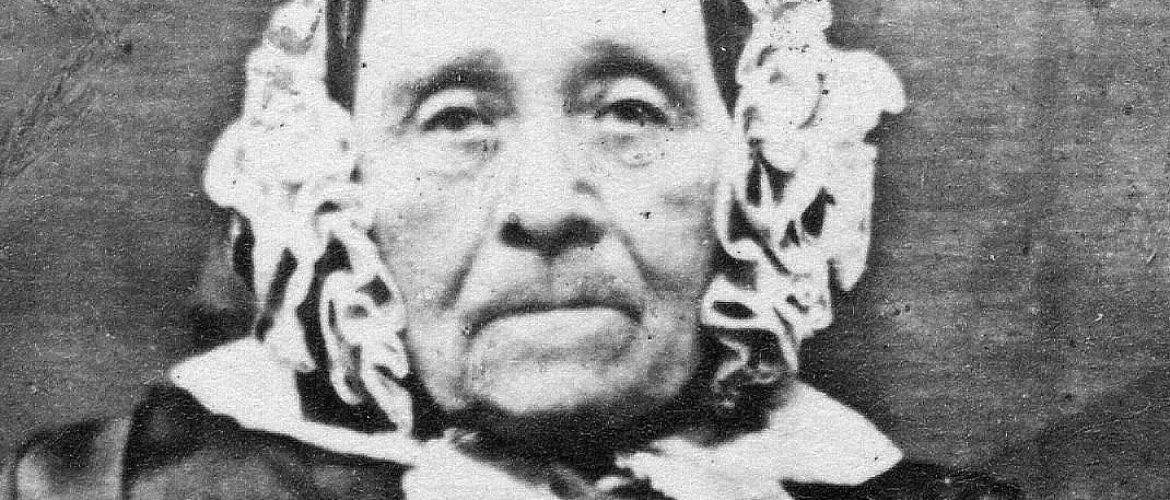1791-1880.
County Governor, Member of Parliament.
Robert Fredrik von Kræmer came from Häme in Finland and took part as an officer in the campaign to Germany in 1813 and to Norway in 1814.
He was governor of Uppsala from 1830 to 1862 and, as head of the county, was an undisputed central figure and took a number of important initiatives. Communications were improved through road building, bridge building, dredging of sailing routes and the establishment of steamship companies.
Kræmer also initiated the founding of Ultuna Agricultural Institute and the establishment of Sweden's first cooperative trade in Örsundsbro in 1850.
Kræmer also played a significant role in the development of the city of Uppsala. The city park, the promenade at Flustret and Västgötaspången were created with his help and he was known for his tree plantings, which were mentioned in Gunnar Wennerberg's Gluntarne:
"My goodness, that Kræmer is good for the city. He builds bridges and plants trees."
Burial site: 0156-0249
Image description: Robert Fredrik von Kræmer, Stockholm, ca 1870. Photo: W.A Eurenius & P.L Quist / UUBThe image is cropped]
Click here for an uncropped image

